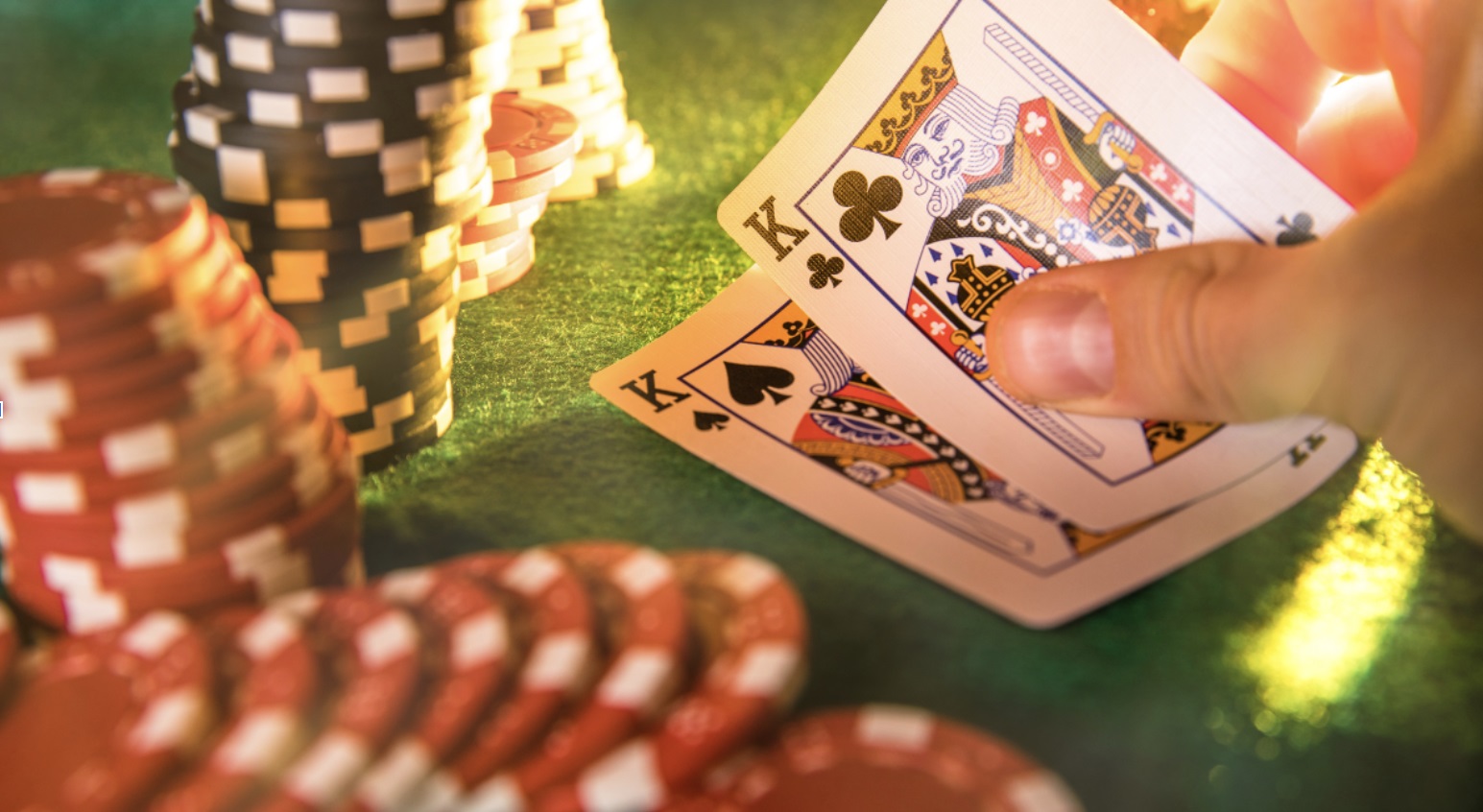In the game of cards, ranges are priceless talent that set amateurs from professionals. Ranges in friendly games with friends or in games at high stakes determine how to make good choices as well as how to play in general in all these games. Ranges in this article shall not only be described theoretically but in more practical words to provide gamers priceless advice on how to play games of cards more wisely.
What Are Poker Ranges?
Simply put, range is all of the possible hands that their situation might have for him to hold. Instead of trying to guess at someone’s specific hand, good players play in ranges—factoring in all of their potential opponent’s potential hands from their actions in their mind. They get to make more solid guesses and more solid strategic plays. At 1Win Casino, mastering ranges is crucial for making informed decisions.
If someone raises preflop for example, their range would contain their solid ones like their pairs or their few speculatory ones like suited connectors. Narrowing their potential holdings gives more solid next plays for you to make.
Why Are Ranges Important?
Thinking in Ranges has several advantages to it:
- Quality of Decision-Making: Rather than getting locked on to a specific hand in mind, having all of their possibilities in mind results in more even and logical decisions.
- Quality of Bluffing and Calling: Your set of their potential hands makes it obvious if to bluff or to call their bet.
- Versatility: Ranges make it easy to switch strategy depending on circumstances so that you play more flexibly.
How to Use Ranges in Your Game
To effectively implement ranges, you need to master these fundamentals:
1. Poker Ranges Chart
Ranges chart is graphical aid that tells you to play in positions presented. For example, it might inform you to play tighter in early positions but looser in middle or late positions. Charts of this kind serve well for beginners to build good fundamentals.
2. Live Poker Ranges
Online players play more predictably than in online poker games, normally choosing tighter ranges. Observing opponents’ habits makes it easy to take advantage of their weaknesses. For example, if someone opens only in good hands, you play differently.
3. Poker Opening Ranges
Opening range defines the hands that you play as open to put in the pot. Your opening range must balance aggression with caution so that you play in a predictable way.
Tips to Improve Your Understanding of Ranges
Here are some sound advice to master ranges and play tighter:
- Master Positional Raising: Your table placement has a lot to do with your range. Study to play which of these early, middle, or late position hands.
- Use Poker Ranges Chart: Start with a basic ranges chart and gradually customize it to your experience level and play style.
- Read Players’ Actions: Observe how players bet, raise, or fold. Over time ranges in their actions reveal themselves to you.
- Hand Read Periodically: After every hand, try to reconstruct players’ range from their actions. Your analytical mind sharpens from that exercise.
- Respond to Table Dynamics: If players play tight, widen range to steal more pots. If players play loose, tighten to play only high-end only.
Example of a Poker Ranges Chart
Below is a simplified example of a preflop opening ranges chart for a 6-max table:
| Position | Opening Range (Hands to Play) |
| Early Position | AA, KK, QQ, AK, AQs |
| Middle Position | AA-99, AK, AQ, AJs, KQs, QJs |
| Late Position | AA-22, AK-AT, KQ-KJ, QJ-QT, JT-J9, suited connectors |
This chart is just a starting point. As you gain experience, you can adjust your ranges based on the specific dynamics of your game.
Common Mistakes to Avoid
While learning ranges, players make general errors. Be aware of these things:
- Overestimation of Other Players’ Ranges: New players overestimate other players’ ranges to their own ranges. They play way too conservatively in turn and miss potential.
- Dismissing Dynamic Tables: Ranges aren’t static. They need to vary depending on players at your table and their actions.
- Not Balancing Your Ranges: If good players see that their range is predictable, good players will take advantage of it. Add some bluffs and semi-bluffs to make it unpredictable.
The Psychological Aspect of Ranges
Understanding ranges isn’t so much memorizing charts or deconstructing hands—it’s part of how players apply their range awareness in practice to play their opponents as well. For instance, by projecting their own range firmly, players cause their opponents to fold good hands. And by concealing their true range, players trap their opponents in costly errors.
Conclusion
Mastering ranges is not so easy—it’s more of a journey that comes through practice, experience, and studying. Learning to think in ranges gives more of a detailed insight to the game and results in more educated decisions at the table. Start by practicing ranges in poker, practicing to read hands, and streamlining strategy by considering opponents’ actions. As practice comes through in due course of time, play more confidently and more efficiently.
Whether or not you play for enjoyment or have hopes of going pro, ranges are game changing. At the next table, remember that it’s not so much in regard to specific cards in front of you—it’s all in regard to possibilities within a range.







